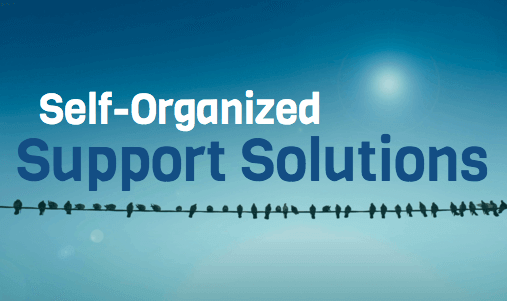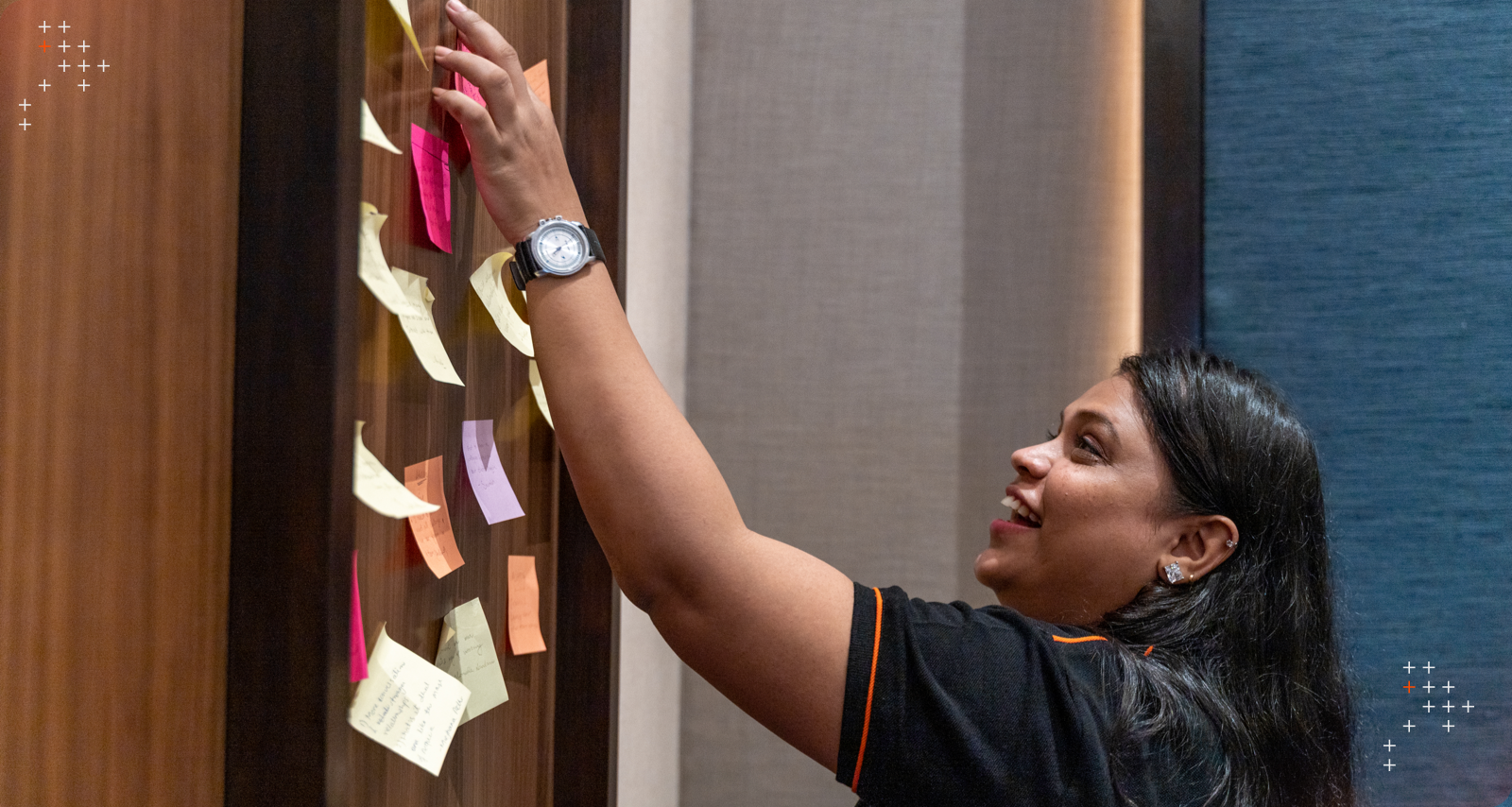Introduction
They're self-organizing. And you've got to see the big picture to get it. I'll show you.

First off, I suppose should tell you that I've been studying self-organization as a scientific discipline for the last decade. It's a good thing I like this stuff, right? During this 10 year journey I've jumped into various subjects: plasma laser systems, educational technology, robotics and computer simulations, Drupal project management, and of course: organizational dynamics.
What I found is that when you get the depths of each of these topics, it's too easy to see the similarities. Each allows for a systemic view—the big picture.
But before we get in too deep here, let's cover some basics. A system is a collection of interacting components, each having its purpose. The what doesn't matter; it's about the how. It could be plasma particles in laser-plasma interactions, it could be a team working on a project, it could be functional groups interacting to form an organization, it could be a flock of birds flying together constantly maintaining distance. The list is endless.
What we're talking about here are fixed systems. System that:
(A) Can produce the same outcomes in different ways in the same environment and different results in the same and different environments
(B) Can not only learn and adopt but also create
Agile Drupal support teams are great examples.
They are in effect flexible, scaleable systems that have to naturally adapt to function in a changing environment or perform within a constant environment. Agile facilitates evolution and adaption, meaning fully-agile Drupal teams can do this.
So how does this science work with agile Drupal teams?
Agility in Drupal project management is a simple way to look at project teams as self-organizing nonlinear systems. This system is a network of interacting autonomous entities, all working towards the project's goal. Each team member is autonomous, and the goal is value-driven.
As an example, Scrum which is an agile model with its three pillars of transparency is a framework that allows the teams to work towards the objective that makes the team most productive. Through this, team productivity is far more important than individual productivity. So while autonomy is taking place, collective achievement is the end-result.
The systemic view of agile teams also explains why clients are expected to be an active participant in the dynamics. The client is a component of the whole system which impacts the input flux, the project's requirements, and output flux, the project's releases, by defining priorities and needs.
Every kind of system needs a set of guiding rules.
Scrum, one kind of an agile technique framework for things like agile Drupal QA, is nothing but a set of rules that the project team as a system agrees to play by to meet their goals. Scrum isn't a methodology—it's a set of steps that have to be followed, like a manual.
The objective of any system is to improve continuously and emerge. Emergence here means achieving something that wouldn't be possible independently. It takes an integrated team.
If we look at a project team, scrum does allow agile Drupal retrospectives as a tool or technique for continuous improvement. The main purpose of any environment where any system operates is to design interventions towards improved performance of the system.
Self-Organizing Drupal Support Teams?
So in this way, the best Drupal team can be a self-organizing system, and why not? The science does not limit the volume or size of the system. Perhaps a better word would be a self-organizing dynamic system, through constant retrospection and agility. You can bring stability to chaotic situations—or steep and changing demands or requirements—to meet a shared goal or organizational vision.
Today the discipline of System Dynamics is being used to model the software development life cycle, SDLC, processes we commonly use today. Or at least, that's what we're using successfully with our agile Drupal support teams. It works.
You can make this happen.
Applying agile and enabling self-organization might cause some growing pains at first. At Axelerant, we're transitioning our content department to agile frameworks. It takes time. But for many organizations—perhaps yours?—the way teams go about creating things like dynamic software needs to change.
How?
Agencies with flexible Drupal services, centered on agile practices and self-organizing principals, can help bring this to you. Because enabling self-organization may not be an in-house option right now. But one thing is absolutely for certain—whether you partner with a team like ours of if you go about self-organizing yourself. Things will never be the same.
This article was originally published on November 11, 2015. It has since been updated.




 We respect your privacy. Your information is safe.
We respect your privacy. Your information is safe.


